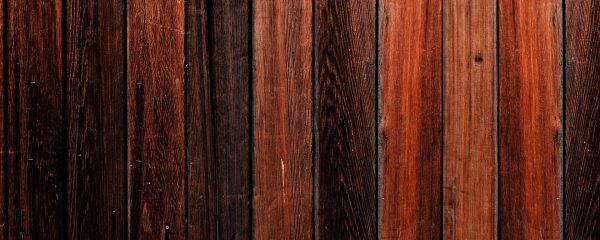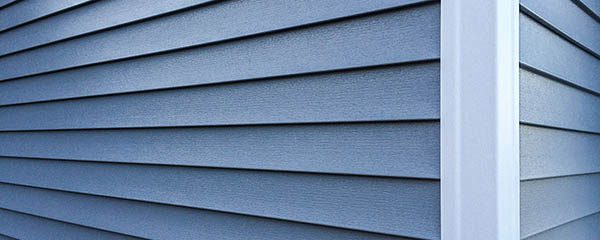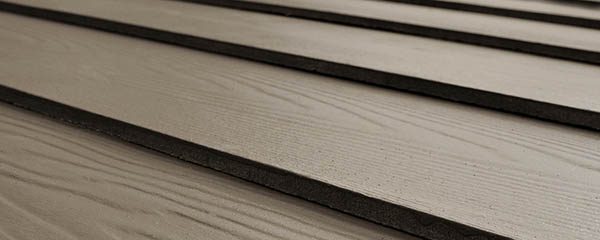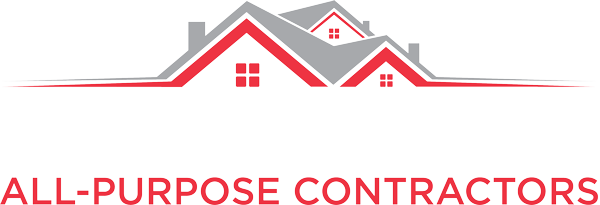Siding Products
Wood siding

Wood siding is available in traditional style (most commonly a cedar or redwood) or an engineered wood. Installing wood siding on a house has been going by the wayward, as customers prefer a more durable product that is more maintenance free; but many times homeowners just need to replace part of their siding, so they are required to match or come as close to matching the pre-existing material as possible. They are able to find lap siding, shingles, shakes, or clapboard in the traditional wood siding, and larger panels in the engineered wood siding. Although wood prices have risen from in previous years, it can be the least expensive option when it comes to upfront costs (keep in mind that the long-term costs of maintenance of wood siding will rise). The downfall to putting wood siding on your house is that it is the siding in need of the most maintenance in the long-term, and it is more likely to be affected by your environment (water damage, more flammable, attracts insect, and doesn’t hold paint as long.
Vinyl siding

Vinyl siding is the second most cost effective way for a homeowner to re-side their home, and it is available in a variety of different colors and designs. The reason that vinyl siding has become so popular as of late is because it is fairly inexpensive, lasts quite a while, and is virtually maintenance free; however vinyl siding is more subject to storm damage, not 100% water tight, usually not insulated, releases toxic chemicals if burnt, and cannot be recycled real easily. Also, a real important note about vinyl siding is that it must be installed correctly; and if not, the siding can actually trap and pool water that will damage a home.
Fiber-cement siding

Fiber-cement siding has the largest of the initial costs, but has the highest investment to return ratio of any type of siding or home repair for that matter (as of 2013). Fiber-cement siding is still available in a variety of options; for example, it comes in a lap siding, scallops, shingles, or a board and batten systems. The manufacturers have even engineered a pre-painted fiber-cement board in which the paint is actually baked on at the factory, and they are offering fiber-cement trim boards that are nontraditional from the wood trim of old. The great aspect of fiber-cement siding is its durability, as it has a 50 year limited, transferable warranty; and not only will it last for 50 years or more, but experts have claimed that it will actually hold paint for up to 15 years. Not only is fiber-cement durable to the weather, but it also is termite proof, won’t crack or rot, and is fire resistant. If a homeowner wants to re-side their entire home, fiber-cement is the best option when it comes to siding; however they will have to shell out a little more on their budget upfront, but in time all of that investment will come back to them.
